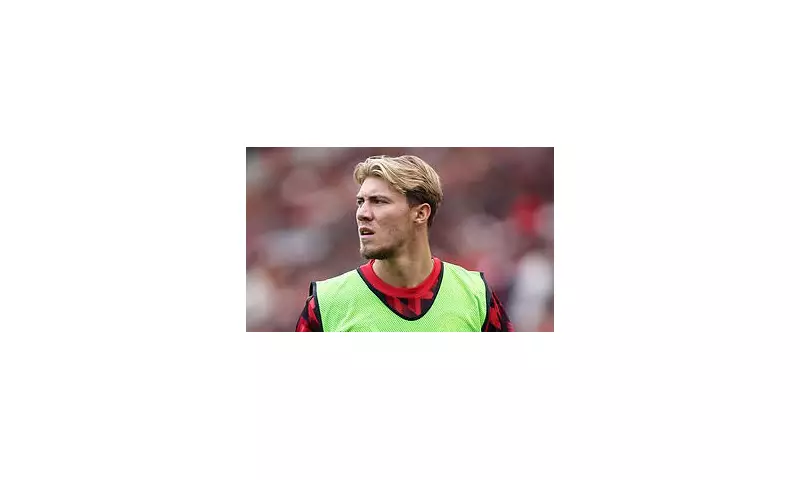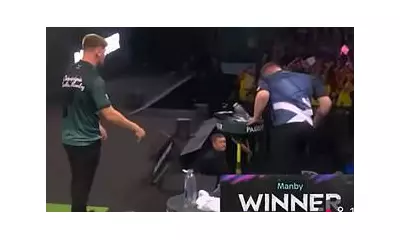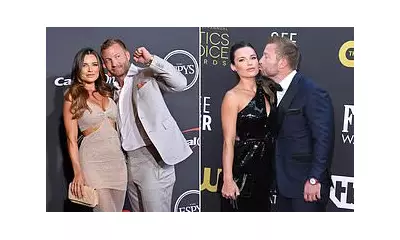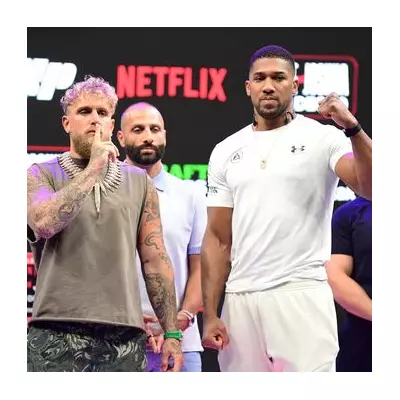
Manchester United's club-record £72 million acquisition of Danish striker Rasmus Hojlund is now under intense internal scrutiny, with INEOS conducting a thorough review of the deal that has failed to deliver immediate returns.
The 21-year-old arrived at Old Trafford amid great fanfare last summer from Atalanta, but his debut season was a story of stark contrasts. While he demonstrated his potential with five goals in the UEFA Champions League group stages, his Premier League form told a different story—a worrying goal drought that stretched until late December.
A Season of Two Halves
Hojlund's early struggles in England's top flight became a major talking point. The immense pressure of his price tag seemed to weigh heavily, with the young forward taking 15 matches to finally break his league duck against Aston Villa on Boxing Day. This moment of relief sparked a rich vein of form, however, as he went on to score seven goals in just six games, offering a tantalising glimpse of his undeniable talent.
Yet, this purple patch was abruptly halted by a muscle injury in February that kept him sidelined for over a month, disrupting his rhythm and momentum at a crucial point in United's season.
The INEOS Review and Future Strategy
As the new minority owners, the INEOS group, led by Sir Jim Ratcliffe, is leaving no stone unturned in its audit of the club's football operations. The Hojlund transfer, orchestrated by former CEO Richard Arnold and football director John Murtough, is a central point of this analysis. The review aims to understand the decision-making process behind such a significant investment in a relatively unproven talent.
Despite the rocky start, there is a strong belief within the club that Hojlund possesses the raw attributes—pace, power, and a fierce shot—to become a top-tier centre-forward. The plan is not to replace him but to provide him with much-needed support. United's transfer strategy this summer is explicitly focused on recruiting an experienced, proven striker to alleviate the goal-scoring burden and allow Hojlund to develop without constant pressure.
A Support System, Not a Replacement
The message from within Carrington is clear: Hojlund remains a vital part of the project. The club recognises that asking a young player to lead the line for a club of United's stature from day one was a monumental task. The intention is to create a competitive but supportive environment where he can learn and grow, similar to successful models at other top clubs.
With the INEOS revolution now fully underway, all eyes will be on how they navigate the upcoming transfer window to build a squad that can finally restore Manchester United to its former glory, with Rasmus Hojlund hopefully at the heart of its attack for years to come.





